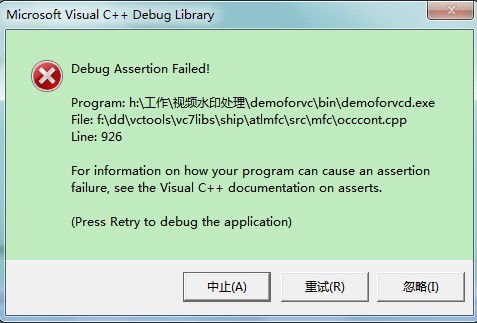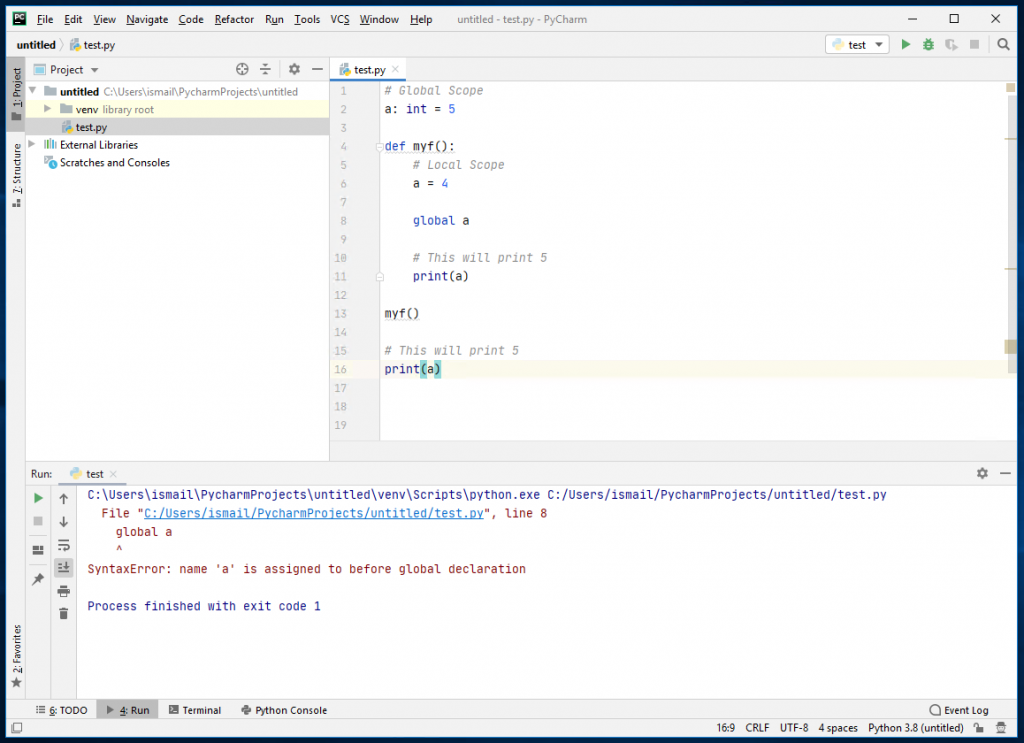什么是缓冲区? 临时存储区称为缓冲区。所有标准的输入和输出设备都包含一个输入和输出缓冲区。在标准C/C++中,流被缓冲,例如在标准输入的情况下,当我们按下键盘上的键时,它不会被发送到程序,而是由操作系统缓冲,直到时间分配给该程序。
它如何影响编程? 在各种情况下,您可能需要清除不需要的缓冲区,以便在所需容器中获得下一个输入,而不是在前一个变量的缓冲区中。例如,在遇到“SCANFE()”的情况下,如果需要输入字符数组或字符,在C++的情况下,在遇到“CIN”语句后,我们需要输入字符数组或字符串,需要清除输入缓冲区,否则所需的输入由前一个变量的缓冲区占用,而不是由所需的容器占用。在第一次输入后,在输出屏幕上按“回车”(回车),因为前一个变量的缓冲区是新容器的空间(因为我们没有清除它),程序跳过容器的后续输入。
在 案例 C语言编程
C
// C Code to explain why not // clearing the input buffer // causes undesired outputs #include<stdio.h> int main() { char str[80], ch; // Scan input from user - // GeeksforGeeks for example scanf ( "%s" , str); // Scan character from user- // 'a' for example ch = getchar (); // Printing character array, // prints “GeeksforGeeks”) printf ( "%s" , str); // This does not print // character 'a' printf ( "%c" , ch); return 0; } |
输入:
GeeksforGeeksa
输出:
GeeksforGeeks
在 案例 C++
C++
// C++ Code to explain why // not clearing the input // buffer causes undesired // outputs #include<iostream> #include<vector> using namespace std; int main() { int a; char ch[80]; // Enter input from user // - 4 for example cin >> a; // Get input from user - // "GeeksforGeeks" for example cin.getline(ch,80); // Prints 4 cout << a << endl; // Printing string : This does // not print string cout << ch << endl; return 0; } |
输入:
4GeeksforGeeks
输出:
4
在上述两种代码中,输出未按要求打印。原因是缓冲区被占用。”“字符将保留在缓冲区中,并作为下一个输入读取。
如何解决?
在 C的情况:
1.使用“while((getchar())!=”’); ” :键入“while((getchar())!=”’);” 读取缓冲区字符直到结束,丢弃它们(包括换行符),并在“scanf()”语句清除输入缓冲区并允许在所需容器中输入后使用它。
C
// C Code to explain why adding // "while ( (getchar()) != '');" // after "scanf()" statement // flushes the input buffer #include<stdio.h> int main() { char str[80], ch; // scan input from user - // GeeksforGeeks for example scanf ( "%s" , str); // flushes the standard input // (clears the input buffer) while (( getchar ()) != '' ); // scan character from user - // 'a' for example ch = getchar (); // Printing character array, // prints “GeeksforGeeks”) printf ( "%s" , str); // Printing character a: It // will print 'a' this time printf ( "%c" , ch); return 0; } |
输入:
GeeksforGeeksa
输出:
GeeksforGeeksa
2.使用“fflush(stdin)” :在“scanf()”语句之后键入“fflush(stdin)”也会清除输入缓冲区,但会避免使用它,根据C++11标准,输入流被称为“未定义”。
在 C++案例:
1.使用“cin.ignore(numeric_limits::max(),”’); ” :-输入“cin.ignore(数值限制::max(),”’);” 在“cin”语句之后,将丢弃输入流中的所有内容,包括换行符。
C++
// C++ Code to explain how // "cin.ignore(numeric_limits // <streamsize>::max(),'');" // discards the input buffer #include<iostream> // for <streamsize> #include<ios> // for numeric_limits #include<limits> using namespace std; int main() { int a; char str[80]; // Enter input from user // - 4 for example cin >> a; // discards the input buffer cin.ignore(numeric_limits<streamsize>::max(), '' ); // Get input from user - // GeeksforGeeks for example cin.getline(str, 80); // Prints 4 cout << a << endl; // Printing string : This // will print string now cout << str << endl; return 0; } |
输入:
4GeeksforGeeks
输出:
4GeeksforGeeks
2.使用“cin.sync()”: 在“cin”语句之后键入“cin.sync()”将丢弃缓冲区中剩余的所有内容。虽然“cin.sync()” 不起作用 在所有实现中(根据C++11及以上标准)。
C++
// C++ Code to explain how " cin.sync();" // discards the input buffer #include<iostream> #include<ios> #include<limits> using namespace std; int main() { int a; char str[80]; // Enter input from user // - 4 for example cin >> a; // Discards the input buffer cin.sync(); // Get input from user - // GeeksforGeeks for example cin.getline(str, 80); // Prints 4 cout << a << endl; // Printing string - this // will print string now cout << str << endl; return 0; } |
输入:
4GeeksforGeeks
输出:
4
3.使用“cin>>ws”: 在“cin”语句之后键入“cin>>ws”会告诉编译器忽略缓冲区,并丢弃字符串或字符数组实际内容之前的所有空格。
C++
// C++ Code to explain how "cin >> ws" // discards the input buffer along with // initial white spaces of string #include<iostream> #include<vector> using namespace std; int main() { int a; string s; // Enter input from user - // 4 for example cin >> a; // Discards the input buffer and // initial white spaces of string cin >> ws; // Get input from user - // GeeksforGeeks for example getline(cin, s); // Prints 4 and GeeksforGeeks : // will execute print a and s cout << a << endl; cout << s << endl; return 0; } |
输入:
4GeeksforGeeks
输出:
4GeeksforGeeks
本文由 曼吉星 .如果你喜欢GeekSforgek,并想贡献自己的力量,你也可以写一篇文章,然后将文章邮寄给评论-team@geeksforgeeks.org.看到你的文章出现在Geeksforgeks主页上,并帮助其他极客。 如果您发现任何不正确的地方,或者您想分享有关上述主题的更多信息,请写下评论。


![关于”PostgreSQL错误:关系[表]不存在“问题的原因和解决方案-yiteyi-C++库](https://www.yiteyi.com/wp-content/themes/zibll/img/thumbnail.svg)





